In the New York Times was a well-written op-ed piece by Dr. Amy Barnhorst of UC Davis clearly outlining the limitations of traditional mental health treatment to prevent mass shootings. She does an excellent job of explaining the design of the involuntary commitment process, the role, and benefit of psychotherapy and the limitations of both. The piece is worth the time to read, and here I’m going to build on those points. There are three main points to consider.
First, we need to understand the difference between Affective and Predatory violence (Meloy, 2006). Mass shooters operate from a place of Predatory violence. There are two primary biophysiological modes of violence: Affective Violence and Predatory Violence. These modalities have distinct neurochemical processes and neuroanatomical structures at play, and they cannot occur simultaneously. These two modes of violence have evolutionary value and are hard wired into our brains.
Affective violence is emotional, defensive against an immediate perceived threat, physiologically elevated, and often frenetic in cognitive focus. By far the most common type of violence is affective, crimes of passion and emotion. Affective violence is the “fight or flight” response. When our distant ancestors encountered a lion or bear while walking back to the cave, they had to react in seconds to decide whether to run or defend themselves. They did not have the luxury of sitting down for a few minutes and thinking through a response if they did they’d become dinner.
Predatory violence is cognitive, non-emotional, not defensive as their is no immediate threat, physiologically calm, well planned in advance, and with laser cognitive focus on it’s target. They almost never threaten the intended targets, but will often tell non-targeted 3rd-party confidants of their intentions (this is called “leakage”). Predatory violence is the “hunter” mentality, slow, stealthy, stalking it’s prey and then calmly and cooly killing the target. This mode of violence also served an evolutionary function the minute we became meat eaters. No deer or wild boar would ever have been killed for food if our ancestral hunters pranced around the forest making noise, yelling out of anger or frustration, or if the hunter lacked laser focus on it’s target.
Key point: Mass shooters are almost always engaging in Predatory Violence.
Second, we need to understand the differences between what is often called primary mental illness (i.e., depression, anxiety, schizophrenia, bipolar disorder, eating disorders, etc.) and personality (characterological) disorders (i.e., Narcissistic personality, Anti-Social personality, etc.). By way of analogy, consider an apple that has some bruising on the outer edge or other damage to the edge and penetrating the apple a bit. That is a primary mental illness. There is some “damage” or problem, but it can be fixed, and most importantly the core of the apple is not damaged. Now imagine the same apple that is damaged at the core, or to the core – that is our image of personality disorders. The core itself is damaged. What we know from 50 years of treatment outcome research is that while we can effectively treat primary mental illness to the point of cure or symptom amelioration, personality disorders are generally not curable and often are not responsive to treatment.
In most cases, at best we can manage these to limit the negative impact on others, but treatment is generally not effective for sustained improvement. The personality core is damaged. Typically, that core is damaged from a combination of genetics and early experiences (more on that later), but the point here is once that core is damaged there is little to do to cure the person with traditional mental health treatment, the goal becomes one of managing and redirecting them.
As Dr. Barnhorst notes:
The [clinician] responsible for his care would know how to treat delusions, paranoia, mania, suicidal impulses, self-injurious behaviors, auditory hallucinations, and catatonia. But there are no reliable cures for insecurity, resentment, entitlement, and hatred.
Key point: Almost all mass shooters, with a few exceptions, primarily suffer from marked personality deficits where insecurity, resentment, entitlement, and hatred flourish. By the time these evolve to the point of planning a mass attack, the “core” is far too damaged to likely respond to traditional mental health treatment. The focus then becomes to engage the person of concern and redirect their intentions to non-violent activities as a way to get their needs met.
Third, we need to understand limitations of the mental health system, and to do so we need only refer to the old maxim “You can lead a horse to water, but you can’t make it drink.” Those with severe personality deficits are not likely to pursue mental health treatment, and if forced to do so by external pressure (i.e., court systems) they are not likely to benefit. You can force a person into therapy (i.e., sex offenders, domestic batterers) but you cannot make them take heed of treatment and change for the better. Therapy is an active, not a passive, event in which you have to work to change.
What about involuntary commitment? That is a tool clinicians can use to compel someone into a hospital for assessment, stabilization, and treatment, but it also has it’s limitations. Involuntary commitment pertains to a narrow time-window for “imminent and foreseeable risk to seriously harm self or others,” where the “imminent” part typically refers to a window of 24-72 hours. It is not intended to hospitalize someone that “might do something next month, next year, or sometime in the future.” That is a good thing generally, as it limits the power I have as a forensic psychologist to take away someone’s liberties and freedom and lock them into the hospital against their will, even if temporarily. Every state has limitations to it’s involuntary commitment statutes such that when we are assessing a patient for commitment, we are considering is s/he likely to hurt themselves or others in the next 24-72 hours due to suicidal or homicidal ideation, or due to markedly compromised judgment (i.e., psychosis, dementia). What is not included, and generally not allowed as criteria for commitment, is whether we think this patient might do something dangerous much further down the road – weeks, months or years.
Additionally, psychologists and psychiatrists must consider if and how hospital treatment can improve the condition, symptoms, or risk factors, and if not then commitment is often not warranted. In the case of personality disorders, as noted above, treatment is not effective. So, as Dr. Barnhorst notes with very rare exceptions, we are often not clinically justified in committing these people and taking away their rights as a free citizen. If they clearly voice intent to kill others, then we can easily commit them, but these assailants know better and are too savvy to admit such.
Now think back to Predatory attackers – they are well planned, cognitive, laser focused on their goal/targets, and don’t betray their intentions to non-confidants so as not to get caught. These people rarely come to the attention of mental health crisis clinicians, as they don’t see that “they” are the problem, and therefore don’t need help. When they do present to crisis clinicians, they often minimize their symptoms and present well enough to lack justification for involuntary commitment. Dr. Barnhorst explains this nuance well, and the exceptions we clinicians can attempt to commit a patient, but even so at best we are talking about holding them for 3 days, and at most up to 14 days. That results in a predatory, characterologically flawed, entitled, resentful, and hate-filled person being released in two weeks with more animosity towards the world and the systems from which he (always a he) feels he has been wronged in the first place! The attack plan, at best, is extended further into the future. Little else is accomplished and perhaps made worse because now you have an angrier more resentful predatory individual.
Key point: We can force people into mental health treatment, but we cannot make them benefit. Involuntary commitment is a very short-term and blunt instrument which is not designed to address the personality issues that mass shooters present with.
There is hope.
Above I pessimistically described the difficulty trying to treat those with severe personality problems who are on a trajectory of violence. We can try to redirect them to less violent interests, but “curing” them is not likely. There just isn’t much you can do to fix the core of the apple once it’s that far damaged. Yet, we can try to influence the damaged “core” upstream by providing support and services early on before severe personality deficits form.
In the short-term at best we can have threat assessment experts like myself engage them to redirect their violent trajectory. We are not predicting behavior in the future; we are recognizing key risk factors, engaging the person of concern, and then redirecting them to prevent violent action. This is not mental health treatment, and in the short-term mental health services are not an answer as noted above.
But in the long term, mental health treatment may be helpful. Here is where I’m going to seemingly contradict my opening premise, by suggesting that mental health services CAN help prevent mass shootings, provided we intervene far upstream before the person moves on a trajectory to the point that severe insecurity, resentment, entitlement, and hatred have set in. It’s a matter of when mental health treatment can impact them for the better.
Admittedly, this is somewhat speculative, as it suggests that giving someone therapy or support at age 8 will stop them from going on a killing spree at age 20, and ignores the myriad of other factors that will impact him over the intervening 12 years. It conversely suggests that if we did not treat that 8 year old, he would have gone on a killing spree later, which is faulty thinking. Yet, we also know that people with good coping skills and emotional functioning are simply not likely to form personality deficits of the kind that evolve into those we see in mass assailants. None of these assailants, from kids to adults, are ever considered as having “good coping” or “well adjusted” in the weeks and months prior to their attacks.
To be clear, we can never prevent these personality traits from developing wholesale in our society, but perhaps with proper support and treatment resources earlier on we can move people off a violent trajectory. From that perspective mental health services and may be helpful, if it addresses the early budding “core” during childhood and early adolescence before the personality is formed and solidified. Simultaneously providing similar services to struggling parents and caretakers might also help, so they can nourish that developing “core” of the child, rather than creating further damage and furthering his path on a trajectory that leads to violence years later.
What I propose is a long view on collectively improving the emotional and social development of an entire cohort of children, and it will take lots of resources and dramatic change in our approach to childhood mental health and wellness. It is not a quick fix, but human violence is a complex and multi-faceted problem, and nothing complex and multi-faced has a quick fix.
That is what mental health treatment might be able to do, and it is speculative as I noted because of the many factors that improve or decrease one’s coping over the long-term. But it should be part of the national discussion. Simultaneously we should give up too much reliance or hope that mental health treatment is going to solve our mass shooting problem in the short-term and seek other solutions that might have a faster and meaningful impact.
For more information regarding R3c’s services during times like this, please look here.
For those organizations that have additional questions or are in need of support, please contact the R3c Response Center Disruptive Event Hotline at
1-888-736-0911 x1.







